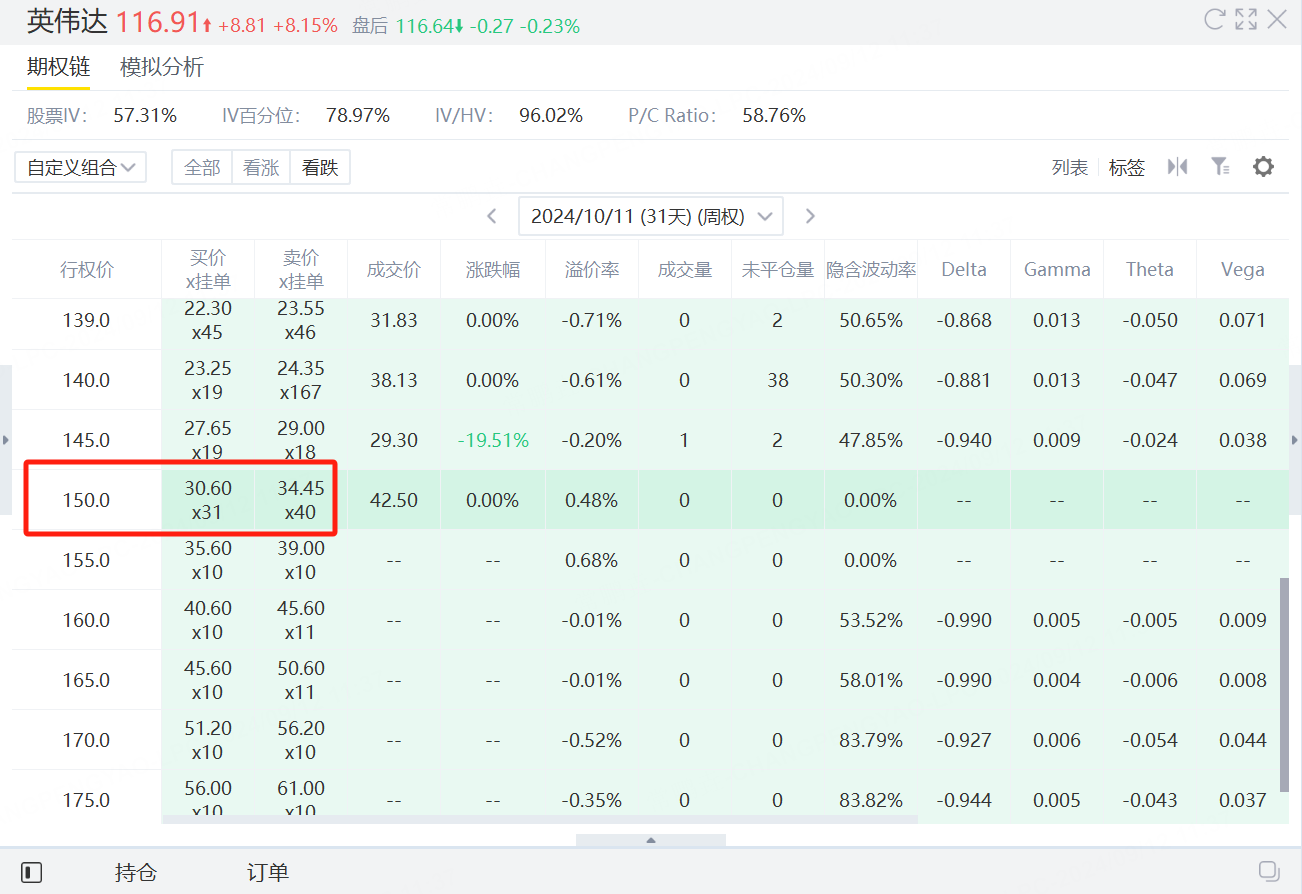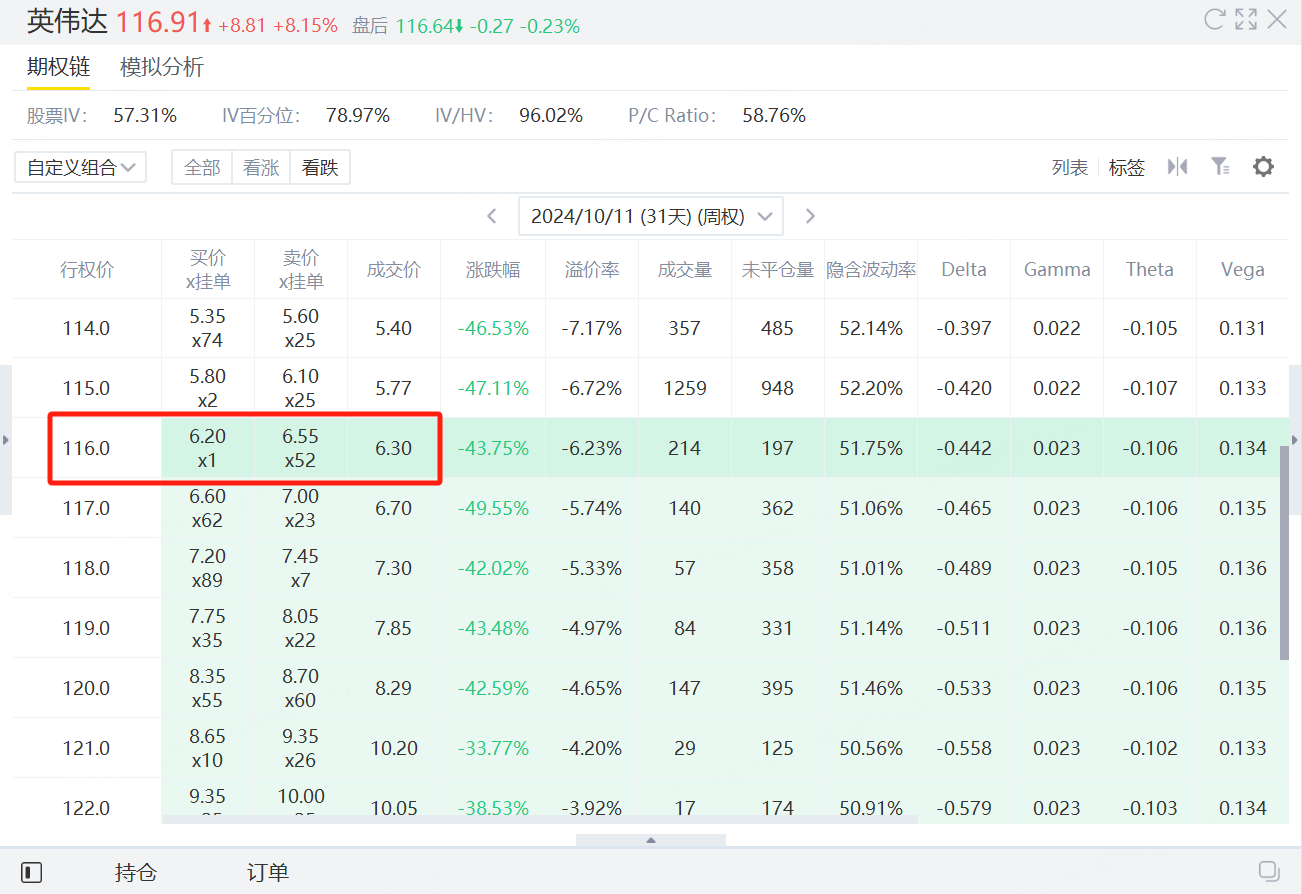NVDA & Tech Stocks in Rate Cut: How to Play?
During the interest rate cut cycle, U.S. tech stocks typically benefit from several factors: lower financing costs, higher valuations, capital flows into tech stocks, weaker Dollar, boost technological innovation and M&A activities, stimulated consumer demand, and improved market sentiment.
Based on this backdrop, several options strategies can be utilized to capitalize on these trends.
Impact of Rate Cuts on Tech Stocks
1. Lower Financing Costs
Rate cuts reduce financing costs, which is great for high-growth tech companies that need funding for R&D, market expansion, and innovation.
2. Increased Valuations
Lower rates decrease discount rates, boosting the present value of future cash flows and thus raising tech stock valuations.
3. Capital Flows Into Tech Stocks
As yields on fixed-income assets drop, investors often shift their capital to tech stocks with higher return potential.
4. Weaker Dollar
Lower rates often lead to a weaker dollar, enhancing the value of overseas earnings for tech companies and improving their financial performance.
5. Boost in Innovation and M&A
With easier access to low-cost debt, companies are more likely to invest in mergers, acquisitions, and new tech developments.
6. Stimulated Consumer Demand
Lower consumer loan rates increase spending power, benefiting tech firms that rely on consumer expenditure.
7. Improved Market Sentiment
Rate cuts act as an economic boost, improving market sentiment and increasing investor confidence in tech stocks.
Next, let's use Nvidia as an example to explore how to trade tech stocks during a rate-cut cycle.
On Wednesday, $NVIDIA Corp(NVDA)$ CEO Jensen Huang’s comment at a $Goldman Sachs(GS)$ tech conference sparked a major market reaction.
Huang discussed the massive demand for AI chips and the resulting "strained relationships" with customers, which led to a dramatic turnaround in U.S. stocks. Major indices wiped out earlier losses and staged a V-shaped recovery, with tech and chip stocks leading the rally.
Jensen Huang said,
“The demand on it is so great, and everyone wants to be first and everyone wants to be most. We probably have more emotional customers today. Deservedly so. It’s tense. We’re trying to do the best we can.”
When was asked about whether the massive AI spending is providing returns for customers, Huang addressed ongoing concerns. He stated that companies have no choice but to embrace “accelerated computing.” Nvidia’s technology speeds up traditional workloads like data processing and handles AI tasks that older technologies can’t manage.
Nvidia’s stock briefly dipped below $107 early in the session but surged as Huang spoke. By the close, it had risen as much as 8.4%, peaking above $117. The stock’s intraday swing was up to 9%. Nvidia closed up 8%, marking its biggest gain in six weeks, ending a three-day slide and recovering most of the losses since August 30.
Huang’s remarks shifted investor sentiment significantly. If you’re looking to go long on Nvidia, consider a bull put spread strategy. It’s a high-probability, low-risk approach to capitalize on the stock’s recent surge.
Bull Put Spread Strategy
A bull put spread involves selling a put option while buying another put option with the same expiration date but a lower strike price on the same asset. Since the premium received from selling the put is higher than the premium paid for buying the put, investors usually end up with a net credit.
This strategy is ideal when you expect the market price to rise but not significantly, and you want to avoid the potential fallout from a market drop.
1.Benefits of a Bull Put Spread
- Low-Risk Premium Income: If you want to earn premium income with minimal risk, a bull put spread is perfect. It’s less risky than simply selling a put option.
- Buying Stock at a Discount: It’s an effective way to buy stock at a price lower than the current market value.
- Profiting in a Volatile Market: In a choppy market, while selling puts carries significant risk, a bull put spread limits downside risk and allows you to profit despite market fluctuations.
2.Strategy Overview
- Sell put option with $150 strike price (expiring October 11) : Premium Received = $3,300
- Buy put option with $116 strike price (expiring October 11) : Premium Paid = $630
- Net Premium Income: $3,300 - $630 = $2,670
3.Profit and Loss Analysis
- Maximum Profit: When Nvidia’s stock price is above $150. In this case, you keep the net premium income of $2,670.
- Maximum Loss: When Nvidia’s stock price drops below $116. Both the $150 put you sold and the $116 put you bought will be exercised. Loss is calculated as the difference between the strike prices multiplied by the contract size, minus the net premium income: ($150 - $116) × 100 - $2,670 = $3,400 - $2,670 = $730
4.Break-Even Point
The break-even point is where the strategy neither gains nor loses.
- Maximum Potential Profit: $2,670 if Nvidia’s stock price is above $150.
- Maximum Potential Loss: $730 if Nvidia’s stock price is below $116.
- Break-Even Point: $150 - $26.70 = $123.30
Conclusion
This bull put spread strategy is suitable if you believe Nvidia’s stock will stay above $123.30 but not necessarily exceed $150 by expiration. The strategy offers limited profit potential while keeping losses well-controlled.
Disclaimer: Investing carries risk. This is not financial advice. The above content should not be regarded as an offer, recommendation, or solicitation on acquiring or disposing of any financial products, any associated discussions, comments, or posts by author or other users should not be considered as such either. It is solely for general information purpose only, which does not consider your own investment objectives, financial situations or needs. TTM assumes no responsibility or warranty for the accuracy and completeness of the information, investors should do their own research and may seek professional advice before investing.



